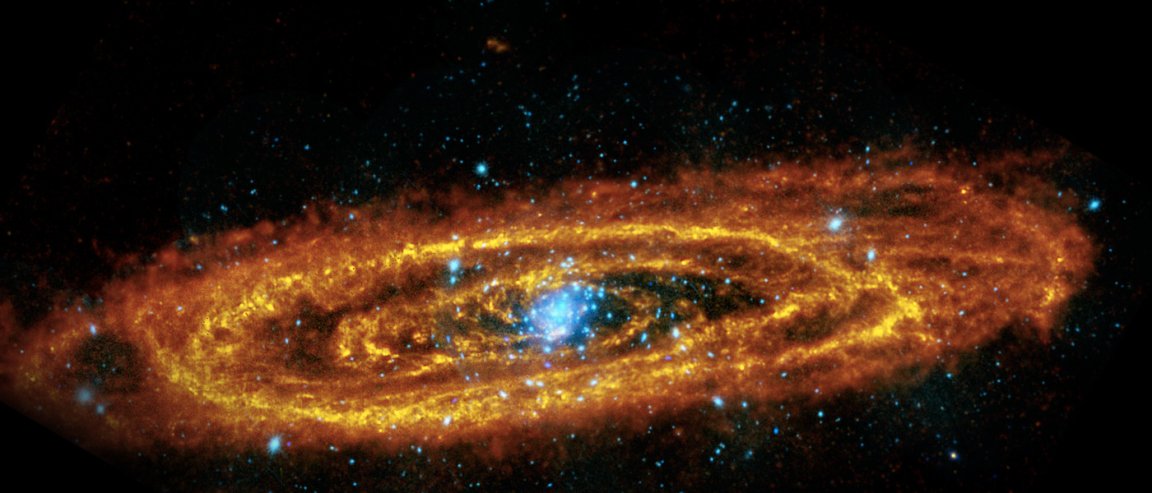
Extragalactic Pulsars
Wherever there are stars there are the corpses of stars—white dwarfs, neutron stars, and black holes. So astronomers knew that the nearest large galaxy to our own, the Andromeda or M31 galaxy, should harbor fully as many (if not more) of these burned-out remnants as our own Milky Way.
It’s just a matter of finding them. Detecting the existence of black holes in Andromeda is fairly easy; it’s known, for instance, that a monster black hole, some 230 million times the Earth’s mass, lurks in its core (compare the Milky Way’s 4-million-solar-mass lightweight).
Neutron stars have proven to be much more elusive; but if the star has a companion, the situation changes. If the two are close enough, the intense, concentrated gravity of the neutron star siphons material off of its unfortunate companion in a “black widow” set up; the stripped material falls onto the neutron star’s surface, spinning it up to immense speeds an unleashing incredibly energetic photons.
It’s an object known as a pulsar, and astronomers think they’ve found one for the first time in the Andromeda galaxy.

A Peculiar Object
The pulsar was found by sifting through old data from the ESA’s XMM-Newton Space Telescope.
“We looked through archival data of Andromeda spanning 2000–13, but it wasn’t until 2015 that we were finally able to identify this object in the galaxy’s outer spiral in just two of the 35 measurements,” says Gian Luca Israel, an astronomer with the INAF-Osservatorio Astronomica di Roma in Italy, who was involved in the study.
The neutron star spins once every 1.2 seconds, and seems to orbit its cannibalized companion every 1.3 days. And it’s pretty exotic—astronomers are unsure whether it’s a so-called “peculiar low-mass x-ray binary pulsar,” with a black widow companion that’s been whittled down to something with a mass less than that of the Sun. On the other hand, it could be an intermediate mass binary, with a companion closer to the two solar mass range.
The scientists will continue to observe the new pulsar to narrow down its properties; in the meantime, there may be many more Andromedan pulsars and other objects lurking in the XMM-Newton’s unexamined data.